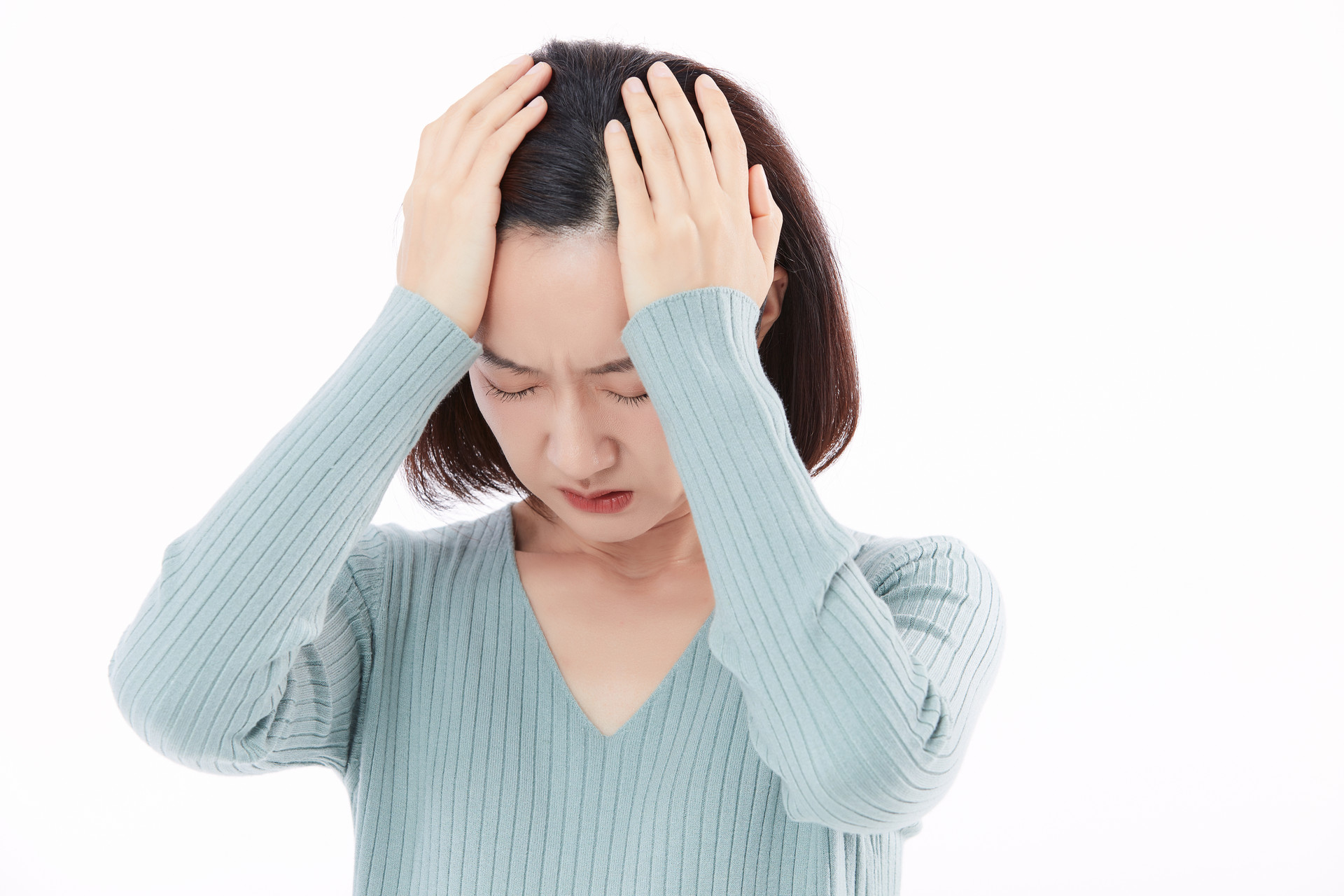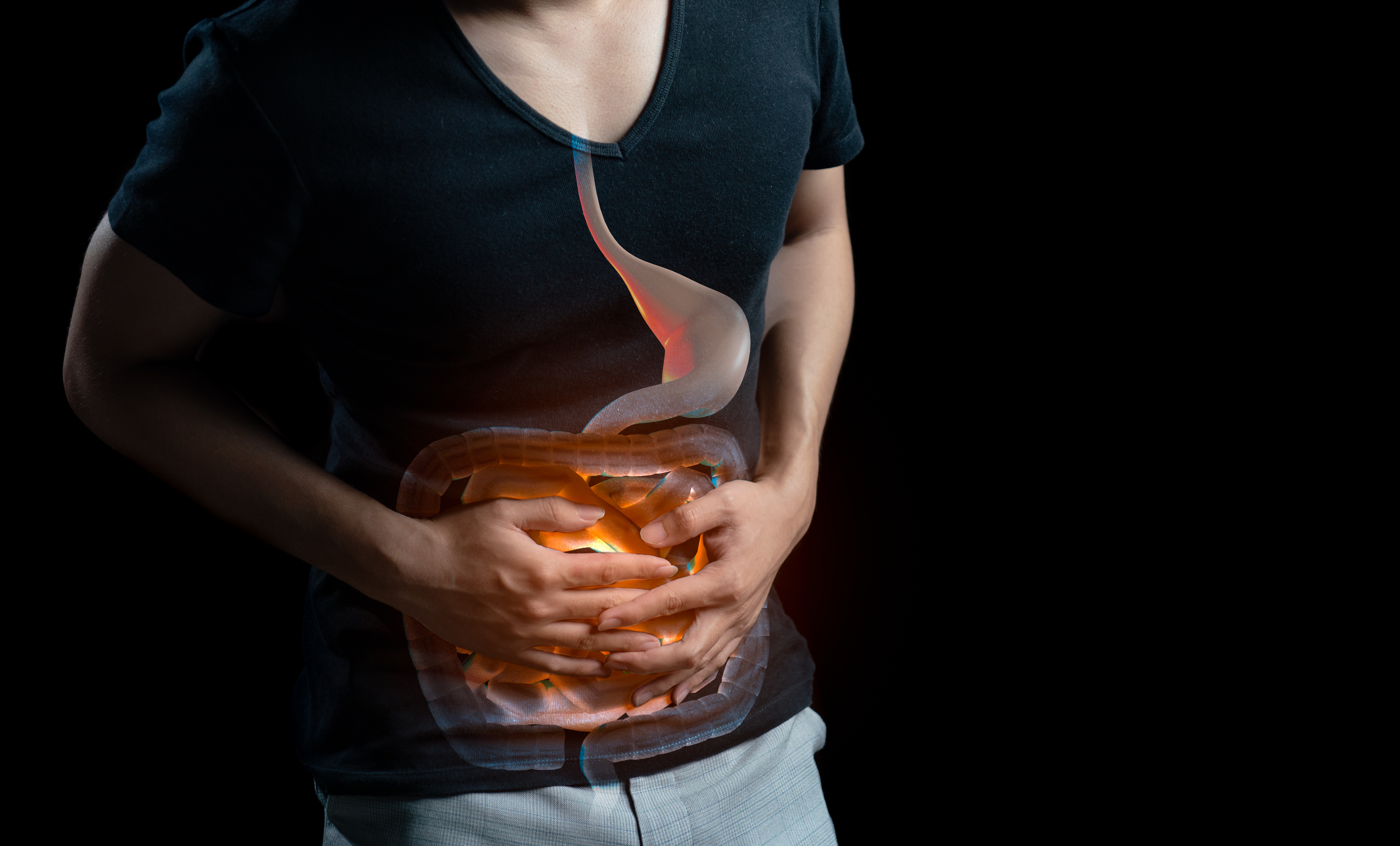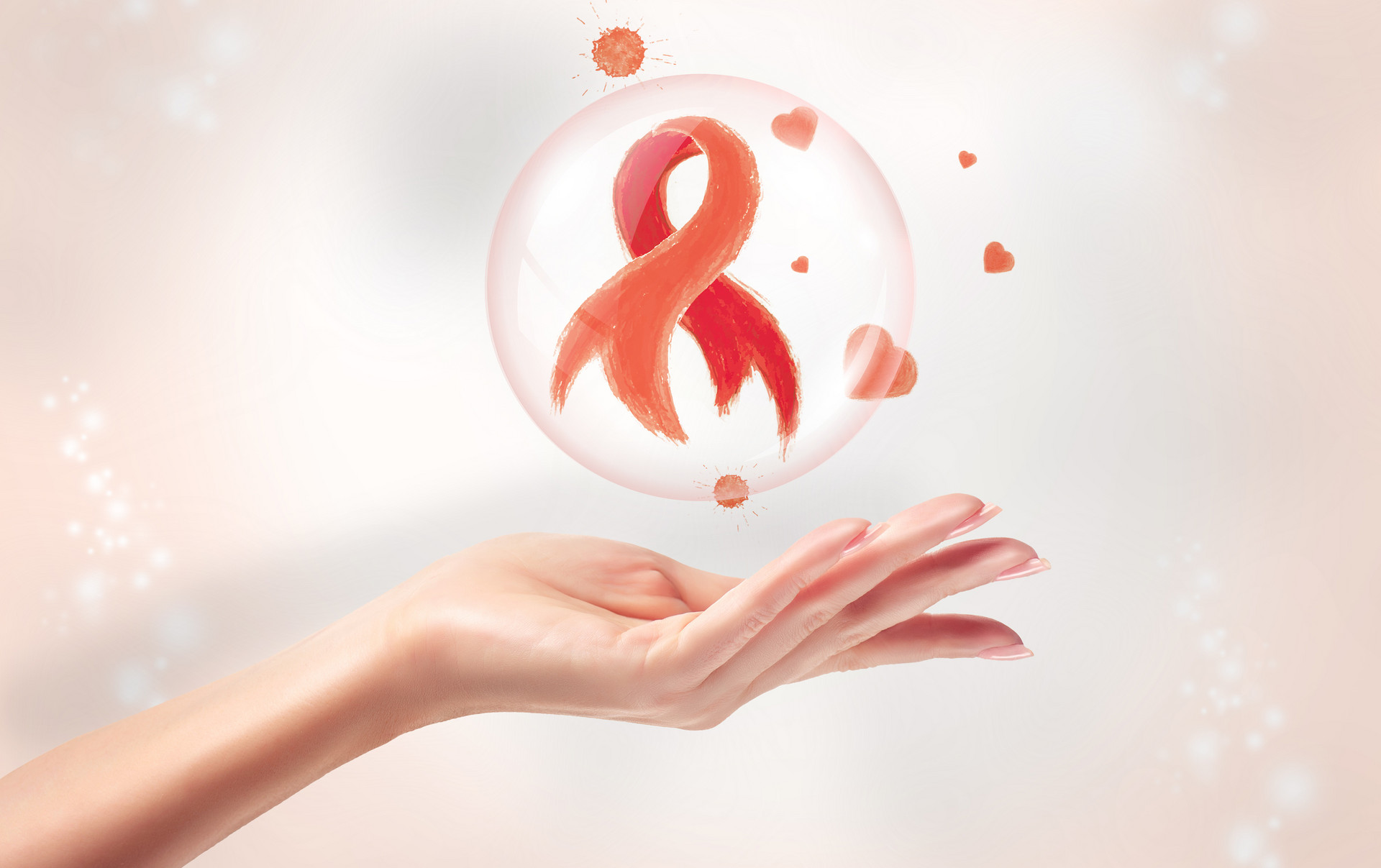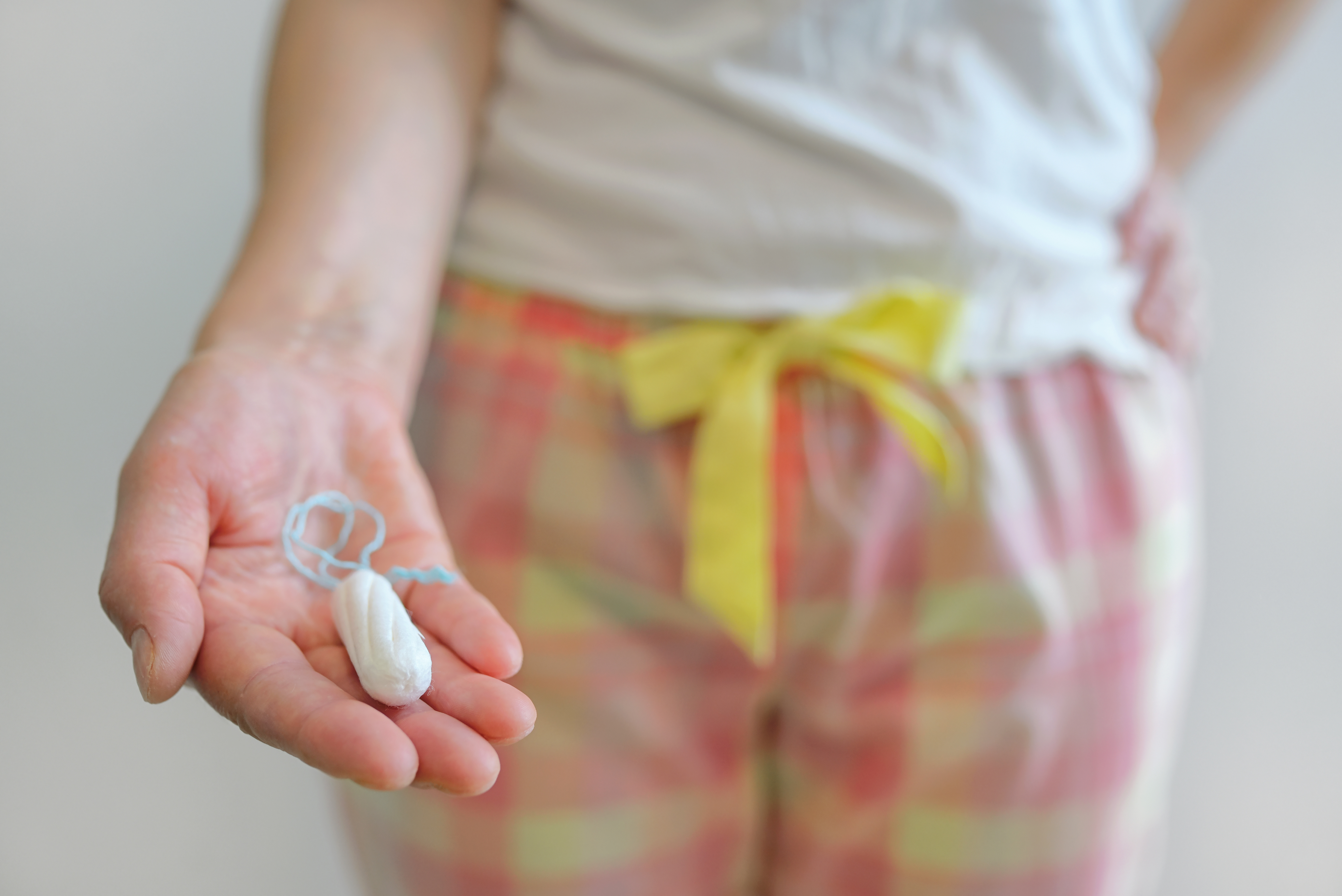Angelica sinensis, also known as danggui, is a commonly used traditional Chinese medicine that can both nourish and invigorate the blood. It has the reputation of being the "sacred medicine for gynecology". So why is Angelica sinensis called the "sacred medicine for gynecology"? Let's find out together.
Efficacy:
Angelica sinensis belongs to the Umbelliferae family of herbaceous plants. The best quality is produced in Min County, Gansu Province. The medicinal part is the thick, short, and plump dried roots. It can be divided into three parts: the main root is called "guishen", the branch root is called "guiwei", and the root tip is called "guitou". They are collectively called "whole Angelica sinensis". Traditional Chinese medicine has the saying, "Guitou stops bleeding, Guiwei invigorates the blood, Guishen nourishes the blood, and whole Angelica sinensis nourishes and invigorates the blood."
Angelica sinensis is warm in nature and has a sweet and spicy taste. It enters the heart, liver, and spleen meridians. It functions to nourish and invigorate the blood, regulate menstrual periods, dispel stasis and alleviate pain, and moisten the intestines and promote bowel movements. It is used to treat irregular menstruation, dysmenorrhea, amenorrhea, menorrhagia, chronic pelvic inflammatory disease, uterine prolapse, blood deficiency dizziness, anemia, and other conditions.
Medication:
Angelica sinensis is often paired with other Qi and blood nourishing herbs such as cooked Rehmannia root, white peony root, Ligusticum chuanxiong, gelatin, and Astragalus root to enhance its blood nourishing effect.
1. "Four-Gentlemen Decoction", a blood-nourishing formula: Angelica sinensis, white peony root, cooked Rehmannia root, and Ligusticum chuanxiong.
2. "Eight-Treasure Decoction", a Qi and blood nourishing formula: Angelica sinensis, cooked Rehmannia root, white peony root, Ligusticum chuanxiong, Codonopsis root, Poria, white atractylodes rhizome, and baked licorice root.
3. Angelica sinensis blood-nourishing decoction: Angelica sinensis, Astragalus root.
These formulations all have Angelica sinensis as the main ingredient. If used to treat traumatic injuries, blood stasis pain, ulcers, and abscesses, it can be combined with safflower, purpura, Salvia miltiorrhiza, and rhubarb to enhance the blood invigorating function of Angelica sinensis, such as Angelica sinensis and Carthamus Powder, and Tongluo Xiaoling Pill. If used to treat elderly kidney deficiency or blood deficiency constipation, it is often combined with hemp seed, peach kernel, and other bowel-moistening herbs, such as Runchang Pill and Jichuan Decoction.
"Sacred Medicine for Gynecology"
Angelica sinensis has a "dual-directional" inhibitory and excitatory effect on the uterus. When used properly in the treatment of diseases related to women's reproductive process, it often has rapid and effective results. For example, in cases of infertility after marriage, it aids in fertility and promotes uterine development, with the Four-Gentlemen Decoction being the main formula. During pregnancy, it helps to maintain and protect the fetus (with anti-vitamin E deficiency effect), with the Gelatin and Mugwort Four-Gentlemen Decoction being the main formula. After delivery, it helps with postpartum recovery (with enhanced uterine contraction and expulsion of stasis), with the Shenghua Decoction being the main formula. Angelica sinensis is truly an essential medicine for gynecology.












